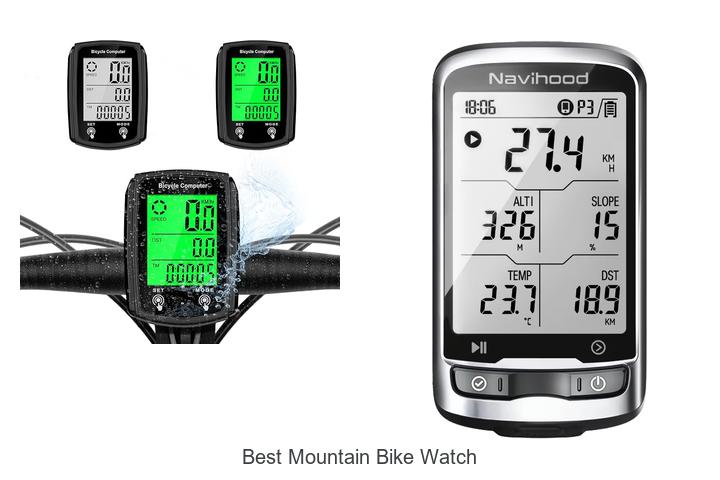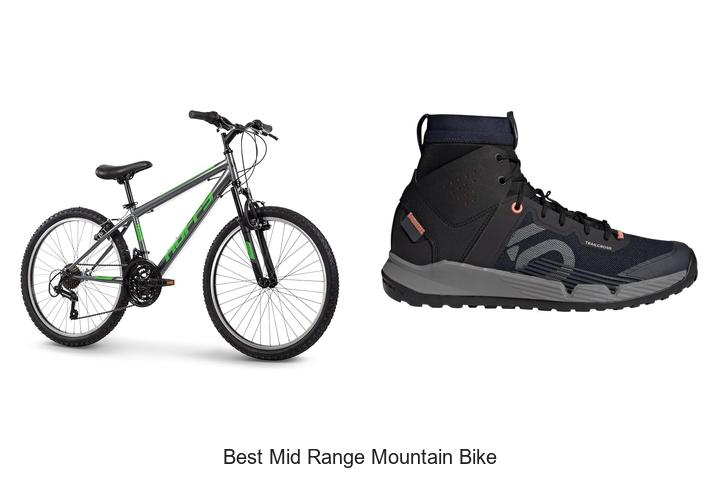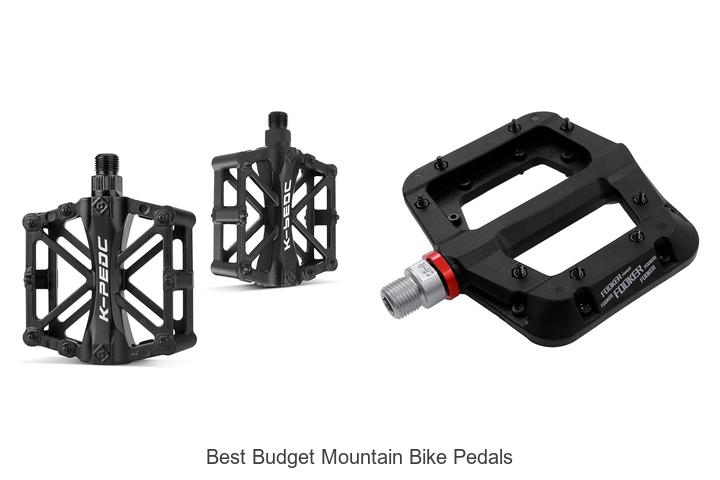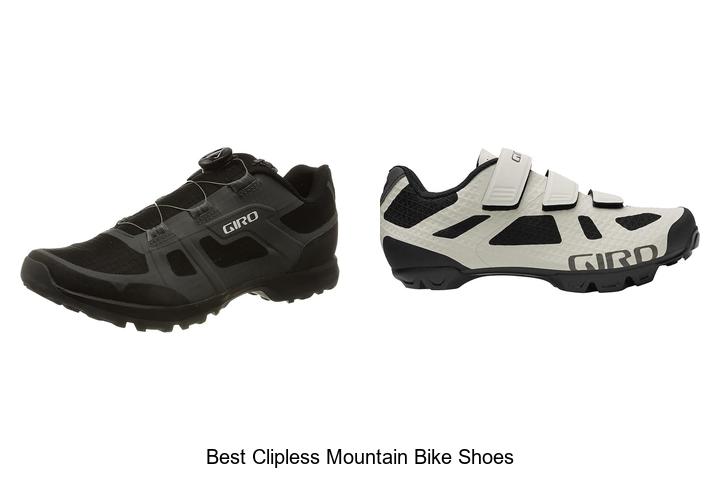How to Adjust Mountain Bike Brakes: A Simple Step-by-Step Guide
Key Takeaways
- Properly adjusting mountain bike brakes, whether hydraulic or mechanical, is essential for rider safety and control on various terrains.
- Hydraulic brakes offer stronger and more consistent stopping power but require occasional bleeding to remove air bubbles; mechanical brakes need regular cable tension adjustments.
- Common brake issues include spongy lever feel, excessive lever pull, brake drag, uneven braking, and squealing noises, all of which can be diagnosed and fixed with proper knowledge.
- Essential tools for brake adjustment include Allen wrenches, Torx wrenches, cable cutters, and bleed kits, ensuring precise tuning and maintenance.
- Step-by-step adjustment techniques vary by brake type: cable tension tuning for mechanical, caliper alignment and bleeding for hydraulic, and pad positioning for rim brakes.
- Regular inspection, cleaning, and timely pad replacement keep brakes performing optimally, enhancing safety and extending component lifespan.
Getting your mountain bike brakes dialed in is key to staying safe and in control on every ride. Whether you’re tackling steep descents or technical trails, properly adjusted brakes give you the confidence to push your limits without worry. If your brakes feel spongy, grab too much lever pull, or just don’t stop as well as they should, it’s time for a quick tune-up.
Adjusting mountain bike brakes might sound tricky but with the right steps, you can do it yourself and save time and money. From hydraulic to mechanical systems, understanding how your brakes work and making precise tweaks ensures smooth, reliable performance every time you hit the trail. Let’s break down the essential tips to get your brakes working perfectly again.
Understanding Mountain Bike Brakes
Mountain bike brakes come mainly in two types: hydraulic and mechanical. Knowing their differences helps you adjust them correctly and maintain peak performance.
Types of Mountain Bike Brakes
- Hydraulic brakes use fluid to transfer force from the lever to the brake caliper, providing strong, consistent stopping power with minimal lever effort. They require occasional bleeding to remove air bubbles that reduce brake efficiency.
- Mechanical brakes operate via cables that pull the brake caliper, suitable for simpler maintenance but can feel less precise and require frequent cable tension adjustments.
- Disc brakes feature rotors attached to the wheels and calipers with brake pads that clamp the rotor to slow the bike down. Both hydraulic and mechanical systems often use disc brakes for improved stopping in wet or muddy conditions.
- Rim brakes use pads pressing directly on the wheel rim and are less common on modern mountain bikes due to lower performance in tough environments.
Common Brake Issues
- Spongy lever feel usually indicates air in hydraulic lines or stretched cables in mechanical setups, which reduces braking power.
- Excessive lever pull means the brake pads are too far from the rotor or rim, requiring closer pad positioning.
- Brake drag occurs when pads constantly rub the rotor or rim, signaling caliper misalignment or sticking pistons.
- Uneven braking shows as pulling to one side and often results from unbalanced pad wear or caliper positioning.
- Squealing noises often come from contaminated pads or rotors and point to cleaning or pad replacement needs.
Understanding these key elements ensures you correctly diagnose brake issues and apply the right adjustments.
Tools Needed for Brake Adjustment
Adjusting mountain bike brakes requires a few essential tools to ensure precise and effective tuning. Use these tools to address both hydraulic and mechanical brake systems:
- Allen wrenches (2mm, 4mm, 5mm, 6mm) for loosening and tightening bolts on brake calipers and levers.
- Torx wrench (T25) for rotor bolts on disc brake systems.
- Cable cutters to trim mechanical brake cables cleanly without fraying.
- Adjustable wrench or open-ended wrench for securing cable anchor bolts.
- Rubber gloves to avoid contaminating brake pads and rotors if working on hydraulic brakes.
- Isopropyl alcohol and clean cloth for cleaning rotors and pads before adjustment.
- Bleed kit (includes syringe, brake fluid, and bleed block) specifically for hydraulic brakes to remove air bubbles and replace fluid when necessary.
- Pad spreader or flat-head screwdriver to separate brake pads during installation or adjustment.
Having these tools ready streamlines the brake adjustment process and ensures you maintain optimal braking performance.
Step-by-Step Guide on How to Adjust Mountain Bike Brakes
Follow clear steps to adjust your mountain bike brakes for precise control and safety. Different brake types require specific methods, outlined below.
Adjusting Mechanical Disc Brakes
Tighten or loosen the cable tension to adjust mechanical disc brakes. Loosen the anchor bolt on the caliper using an Allen wrench. Pull the brake cable firmly to increase tension or release it to reduce tension. Tighten the anchor bolt securely once the desired tension is reached. Use the barrel adjuster on the brake lever to fine-tune cable tension, ensuring the brake pads sit close to the rotor without rubbing. Spin the wheel to check for drag and repeat adjustments as needed.
Adjusting Hydraulic Disc Brakes
Align hydraulic disc brake pads by loosening the caliper mounting bolts with a Torx wrench. Squeeze the brake lever firmly to center the caliper over the rotor. While holding the lever, tighten the mounting bolts evenly. Release the lever and spin the wheel to check pad clearance and rotor alignment. If the pads drag or the lever feels spongy, bleed the brakes using a bleed kit to remove air bubbles. Make sure the brake fluid level is adequate according to the manufacturer’s specifications.
Adjusting Rim Brakes
Center the rim brake arms by loosening the mounting bolt that holds each arm to the frame or fork. Adjust the spring tension screws on each brake arm to balance pad pressure evenly on both sides. Position the brake pads so they contact the rim surface fully without touching the tire or hanging below the rim edge. Tighten the mounting bolts and test pad clearance. Use the barrel adjuster on the brake lever to fine-tune cable tension, making sure the pads engage smoothly before the lever reaches the handlebar.
Tips for Maintaining Optimal Brake Performance
Maintaining your mountain bike brakes ensures consistent stopping power and rider safety. Regular care prevents issues and extends brake lifespan.
Regular Inspection and Cleaning
Inspect brake components before every ride. Check pads for wear, rotors for warping, and levers for smooth operation. Clean rotors and pads with isopropyl alcohol to remove dirt and oil. Avoid using lubricants near braking surfaces, as they reduce friction. Tighten loose bolts on calipers and levers to maintain alignment. Ensure cables or hydraulic lines have no visible damage or leaks. Regular cleaning and inspection improve brake responsiveness and reduce noise.
When to Replace Brake Pads
Replace brake pads when their thickness drops below 1 millimeter or if you notice glazing, cracking, or contamination. Worn pads reduce braking power and increase rotor damage risk. For hydraulic brakes, consider pad wear alongside fluid performance. Replace pads in pairs to maintain even braking. Frequent downhill rides or muddy conditions increase pad wear rate, requiring more frequent replacement. Proper pad maintenance preserves safe and efficient brake function.
Conclusion
Taking the time to adjust your mountain bike brakes properly ensures you stay in control and ride safely on any trail. With the right tools and a clear understanding of your brake system, you can tackle adjustments confidently without relying on a mechanic.
Keep an eye on your brakes’ performance and make small tweaks as needed to maintain consistent stopping power. Regular maintenance and timely pad replacements will keep your brakes responsive and reliable ride after ride.
By mastering these adjustments, you’re not only improving your bike’s safety but also enhancing your overall riding experience.



